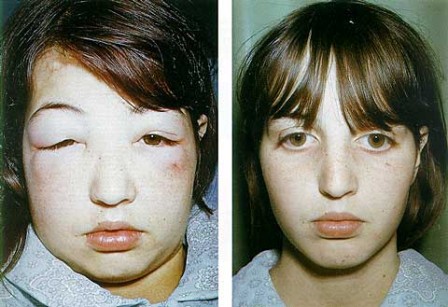Function:
•Synthesis and secretion of proteins (albumin / clotting factors)
•Removal of toxic metabolites
•Secretion of bile to aid digestion and absorption of fat soluble vitamins (ADEK)
•Storage of glycogen and secretion of glucose
Structure: The basic anatomical unit of the liver is the lobule. Hepatocytes are arranged in one cell thick interlocking chains radiating from a central vein. The vascular spaces between the hepatocytes are known as sinusoids. Sinusoids are lined with fenestrated endothelium allowing free contact with the blood contents and hepatocytes.
Blood flow and portal tract: Blood enters the sinusoids via the portal tract (consisting of portal vein, portal artery and bile duct). Blood flows through the sinusoids (allowing communication with the hepatocytes) and into the central vein of that lobule which eventually feeds in to the hepatic vein and the IVC.
Space of Disse: The space between the fenestrated endothelium and hepatocytes is called the space of Disse. Within this space are the Kupffer cells of the reticuloendothelial system. These provide a defence against pathogens and toxins in the portal venous blood flow and also contribute towards scarring in cirrhosis.
Bile : There is a network of bile canaliculi running closely along the hepatocytes which drain into the bile ducts in the periphery of the lobule. Note, they drain in the opposite direction to blood flow.







